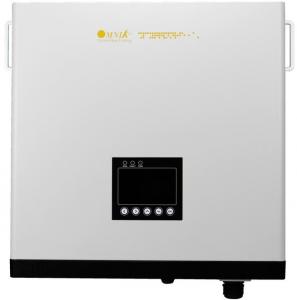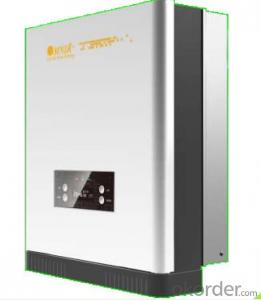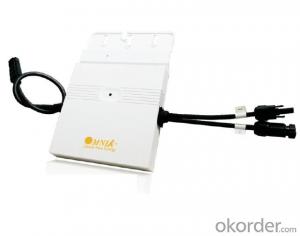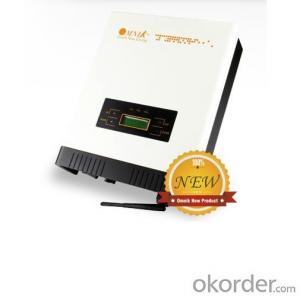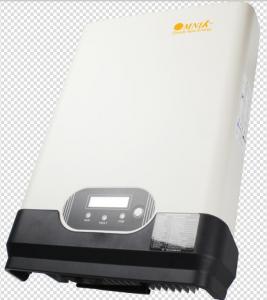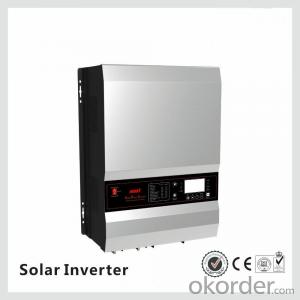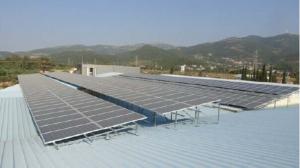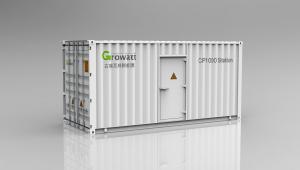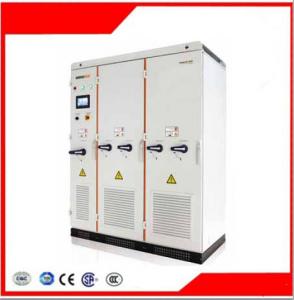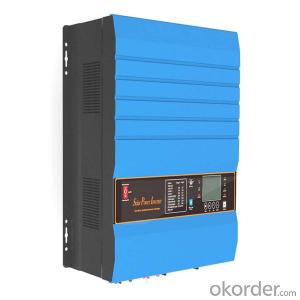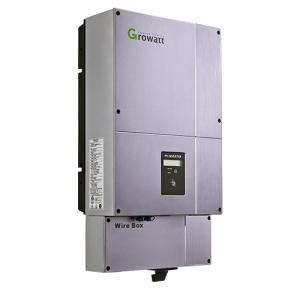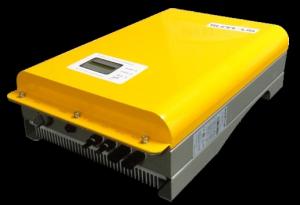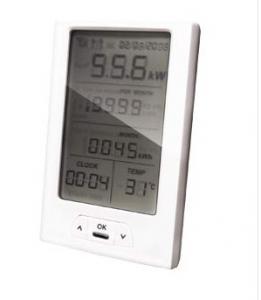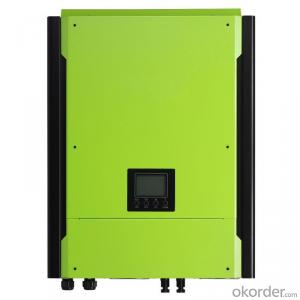omniksol m248
omniksol m248 Related Searches
Fault Light On Solar Inverter Best On Grid Solar Inverter Best Solar On Grid Inverter On Grid Solar System Inverter Best Grid Tie Solar Inverter Best Off-Grid Solar Inverter On Grid Solar Power Inverter Grid Tie Inverter Solar Panel Used Solar Inverter Solar Inverter CoverHot Searches
Solar Inverter On Grid Price Grid Tie Solar Inverter Price Solar Grid Tie Inverter Price Solar Grid Inverter Price Inverter Price Solar Solar Inverter Sale Lahore Solar Inverter Best Company Solar Inverter Best Brands Solar Inverter Cover Stratco Solar Inverter On/Off Grid Solar Inverter Research Paper Solar Inverter Manufacturer Solar Inverter Set Solar Inverter Fire Risk Top Solar Inverter Companies Solar Inverter Supplier Solar Edge Inverter Sizes Growatt Solar Inverter Prices Solar Inverter On Grid Price Grid Tie Solar Inverter Priceomniksol m248 Supplier & Manufacturer from China
Okorder.com is a professional omniksol m248 supplier & manufacturer, offers integrated one-stop services including real-time quoting and online cargo tracking. We are funded by CNBM Group, a Fortune 500 enterprise and the largest omniksol m248 firm in China.Hot Products
FAQ
- Yes, a solar inverter can be used with a three-phase electrical system. In fact, many solar inverters are specifically designed to work with three-phase systems. They convert the direct current (DC) generated by the solar panels into alternating current (AC) that can be used to power three-phase electrical loads.
- A solar inverter protects against voltage fluctuations by continuously monitoring and regulating the electrical output from the solar panels. It adjusts the voltage and frequency of the direct current (DC) generated by the panels to match the utility grid's alternating current (AC) voltage requirements, ensuring a stable and consistent power supply. Additionally, solar inverters have built-in protection mechanisms such as surge suppression and overvoltage/undervoltage detection, which safeguard the system from voltage spikes or drops, preventing any potential damage to the solar panels or electrical devices.
- The role of isolation in a solar inverter is to provide electrical safety and protect sensitive electronic components. It helps to separate the direct current (DC) input from the alternating current (AC) output, ensuring that any faults or fluctuations in one do not affect the other. Isolation also prevents any potential ground faults, reducing the risk of electric shock and improving system reliability.
- A solar inverter plays a crucial role in converting the direct current (DC) electricity generated by solar panels into alternating current (AC) power that can be used to power appliances in a property. By efficiently converting solar energy into usable electricity, a solar inverter helps reduce the property's reliance on grid-supplied electricity. This, in turn, leads to a decrease in overall energy consumption as the property utilizes more clean and renewable solar power rather than drawing solely from the grid.
- A solar inverter protects against overvoltage by constantly monitoring the voltage level of the solar panels. If the voltage exceeds a predetermined threshold, the inverter will automatically reduce the power output or shut down to prevent damage. Similarly, to protect against overcurrent, the inverter continuously monitors the current flowing through the system. If the current surpasses a safe limit, the inverter will limit the output or shut down to prevent overheating and potential hazards.
- Yes, a solar inverter can be used in a solar water pumping system. The inverter is responsible for converting the direct current (DC) generated by the solar panels into alternating current (AC) required to power the water pump. This allows for efficient and reliable operation of the pumping system using solar energy.
- Yes, a solar inverter can be used with a solar-powered electric vehicle charging station. The solar inverter is responsible for converting the direct current (DC) electricity generated by the solar panels into alternating current (AC) electricity that can be used to charge electric vehicles. This allows the solar-powered charging station to efficiently utilize the solar energy and provide clean and sustainable charging for electric vehicles.
- The role of a solar inverter in a grid-independent system is to convert the direct current (DC) generated by solar panels into alternating current (AC) that can be used to power electrical appliances in a home or building. It also manages the flow of electricity between the solar panels, battery storage (if present), and the electrical grid, ensuring efficient utilization of solar energy and enabling the system to operate independently from the grid.
